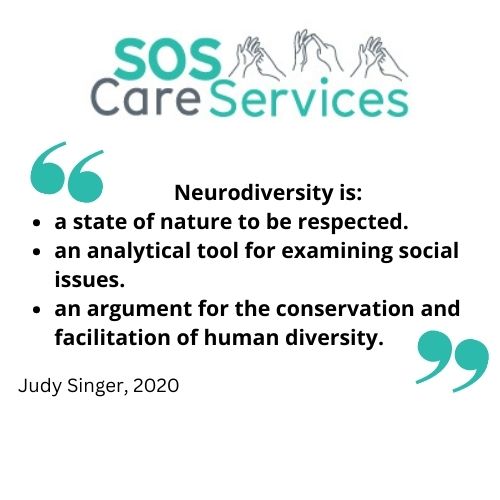Defining Neurodiversity
Neurodiversity describes the idea that people experience and interact with the world around them in many different ways; there is no one ‘right’ way of thinking, learning and behaving, and differences are not viewed as deficits.
(Information from: Harvard Health Publishing)
Neurodiversity is a combination of traits that are seen as both strengths and challenges. Depending on the Neurodiverse variation and it’s intensity, individuals can display strengths in different areas, including but not limited to:
- Good verbal skills and a rich vocabulary
- Higher levels of creativity and curiosity
- Improved visual processing and pattern recognition
- Ability to focus for long periods on areas of interest
(Information from: NeurodiversityHub)
The word ‘neurodiversity’ refers to the diversity of all people, but it is often used in the context of Autism Spectrum Disorder (ASD), as well as other neurological or development conditions, such as ADHD or learning difficulties.
The history of Neurodiversity
Judy Singer, an Australian Sociologist, coined the term ‘neurodiversity’ to promote equality and inclusion of ‘neurological minorities’. While it is primarily a social justice movement, neurodiversity research and education is increasingly important in how clinicians view and address certain disabilities and neurological conditions.


